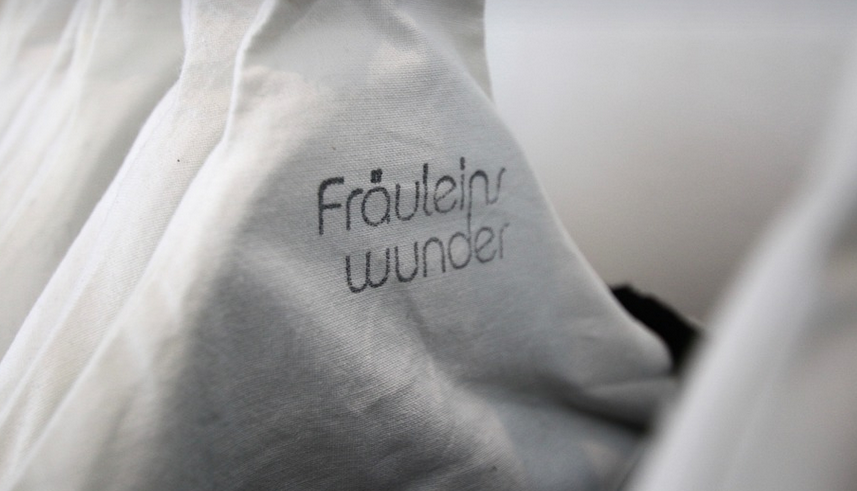PVC glue is notoriously stubborn, but don’t despair. With patience and the right approach, you can tackle this challenge head-on and reclaim those precious garments.
### Understanding the Enemy: PVC Glue’s Nature Before jumping into battle, let’s understand our foe. PVC glue, often found in craft projects or construction work, is notorious for its hold on surfaces. It bonds tightly to fabrics due to its adhesive nature and doesn’t readily dissolve. This means conventional cleaners might not cut it!
The challenge lies in the strong chemical bonds that PVC glue forms with fabric fibers. It’s like a tiny army of microscopic hooks is holding onto your clothing, making it stubborn to remove.
### Choosing Your Weapons: The Right Cleaning Approach You want to be strategic when tackling this sticky situation. Here’s how you can attack those pesky PVC glue remnants:
1. **Test First:** Always start with a small hidden area of the garment and apply your chosen method, checking for colorfastness.
2. **Gentle is Key:** Use a soft sponge or cotton cloth and avoid any harsh scrubbing that could damage delicate fabrics. Imagine treating the glue as if it were spilled milk; you want to gently absorb, not spread it around.
### Soothing the Surface: The Art of Solvent Removal Now comes the part where we unleash some targeted cleaning power!
1. **Warm Water Rinse:** Before applying any solvent or cleaner, ensure you’ve removed excess glue by rinsing with warm water. This will wash away the initial layer and help soften the glue for easier removal.
2. **Choose Your Solvent Wisely:** Depending on your clothing fabric, select a suitable solvent:
* **De-greasers:** For stubborn glue spots on synthetic fabrics like nylon or polyester, de-greaser-type solvents might work. Opt for ones specifically designed to dissolve adhesive materials. Always read the instructions before use. * **Acetone:** This potent solvent is a common choice but can be abrasive, so test it first in a hidden area to ensure colorfastness. * **Alcohol (Isopropyl or Rubbing):** Alcohol-based cleaners are another effective option for removing glue. Rubbing alcohol works on many surfaces and can dissolve PVC glue. Test it on a small, inconspicuous part of your garment before using it broadly.
**3. Solvent Application:** Apply the chosen solvent sparingly to the affected area with a clean cloth or cotton ball. * **Wait for Absorption:** Allow the solvent to work its magic for a few minutes, or as directed by the product instructions. Over-saturation could lead to fabric damage.
### The Clean Sweep: Drying and Restoring Your Garment
1. **Blot, Don’t Rub:** After absorbing the excess glue, blot dry with a clean cloth rather than rubbing it. Avoid vigorous movement that might spread or dislodge the remaining glue.
2. **Air Dry:** Let your garment air dry in a well-ventilated area away from direct sunlight to prevent color fading or shrinking.
### Prevention is Key: Avoiding Future Glue Mishaps Once you’ve conquered that pesky PVC adhesive, consider these preventative measures:
1. **Gloves and Protection:** Use gloves when working with PVC glue to minimize the risk of accidental contact and potential staining.
2. **Ventilation:** Work in a well-ventilated area or outdoors when using solvents to avoid inhaling fumes from strong chemicals.
### Conclusion: Mastering the Art of Cleaning Removing PVC glue from clothing can be challenging, but with the right approach and patience, you can conquer even the sticky situations. By understanding your enemy (PVC glue) and implementing the suggested cleaning strategies, you’ll regain control over those pesky stains. Remember, always test your chosen method on a hidden area first and prioritize gentle handling.
